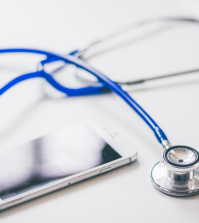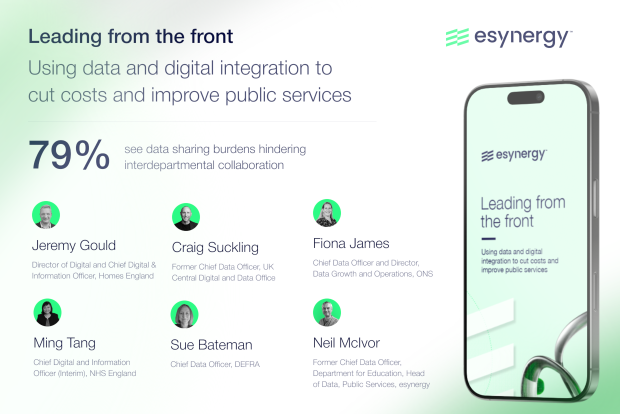UK launches priorities review of legacy IT systems

The UK government is piloting a “dynamic” review of its ageing IT legacy systems, and aims by 2022 to roll out a new framework to identify “at risk” infrastructure and prioritise spending.
Joanna Davinson, executive director of the Central Digital and Data Office – the Cabinet Office unit responsible for civil service digital policy – told a select committee of MPs that she was currently running the pilot with three government departments. She said a framework to assess legacy risk will be rolled out across all Whitehall departments from January.
This framework “will enable us to get a clearer picture across government and be more transparent, and help us, in conversations with funders such as Treasury, to put the right focus on getting the right investments into the legacy estate,” she told the Public Accounts Committee, which examines government spending.
Davinson acknowledged that the government’s understanding of its own IT estate is not as “systematic as it should be”, but said she hopes the new framework will resolve the problem.
The PAC hearing was looking at the challenges in implementing digital change in government, and follows a scathing report from the National Audit Office (NAO) in July.
A problematic legacy
The NAO, the government’s independent auditor, found that despite 11 different digital strategies in the last 25 years, the UK government has “consistently underperformed” when delivering change. Understanding and tackling the government’s IT legacy estate is one of the areas the government “needed to get right”, the auditor said. Also in July, a report from the Digital Economy Council estimated that 50% of the government’s annual IT spend – around £2.3bn (US$3.1bn), goes on maintenance and managing the data and cyber-security of obsolete legacy systems. Another report, commissioned by government from former Cabinet Office minister Francis Maude and published at the same time, emphasised the same message – with government noting that both reports “highlight the need to tackle legacy IT systems across government”.
MPs on the committee echoed the NAO’s concerns over the lack of digital skills and understanding among senior civil servants. Alex Chisholm, civil service chief operating officer and permanent secretary at the Cabinet Office, told the committee that there are 20,000 “digital specialists” out of 450,000 civil servants in the UK. “We have a lot of expertise available in government,” he claimed.
However, he conceded that at the top of the civil service, where key decisions are made on new digital projects and policy, there is a gap in expertise. “We recognise that the top of the civil service—the approximately 5,500 members of the senior civil service—are people who all need to have digital and data skills,” he said. “We have been training them this year with a data masterclass, to give people great expertise and understanding in that.”
From legacy to leadership
Chisholm added that digital and data skills training are currently being “embedded” within the standard senior civil service assessment and development programme – a move he described as “incredibly important”. He also emphasised the need to build internal capabilities to foster the next generation of digital leaders. “It is very important that the rest of the function does not see the top roles going only to people who are flown in from outside,” he said.
Davinson added that in April a new digital, data and technology board has been established for permanent secretaries in the civil service. It acts as a sub-board of the main Civil Service Board, which sets the strategic direction of the entire civil service. Chaired by CDDO chair Paul Willmott and HMRC permanent secretary Jim Harra, the new sub-board has met twice, and is designed to develop capabilities in tech and data. “We are on an improving path, but we have a way to go,” Davinson said. “All the things that we have talked about now are the things that we need to keep pushing forward with, in order to develop more of that board-level capability and keep digital high on the agenda.”
Chisholm confirmed that the government is also looking at creating a single digital strategy, building on the existing set of digital and data strategies. “Given how centrally important it is to this government’s priorities about delivering better services to end users, there is scope for bringing that all together in a single place, and we are looking at that now.”





















